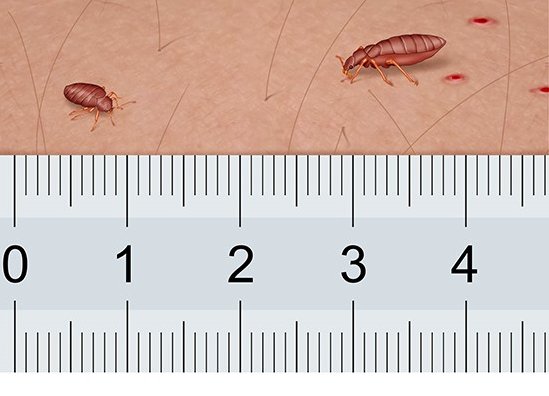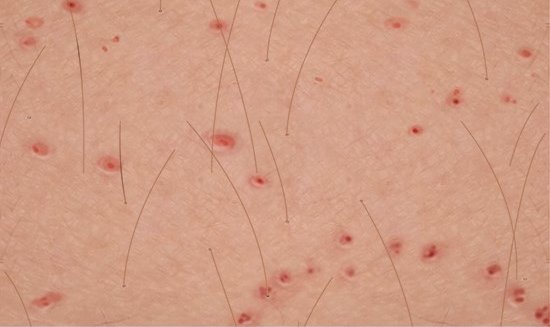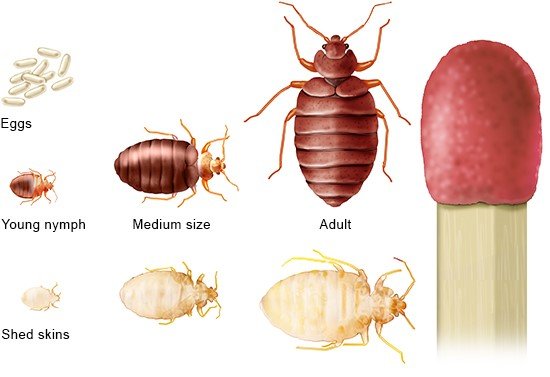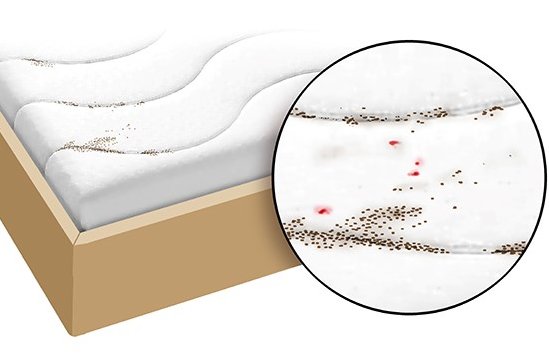Introduction
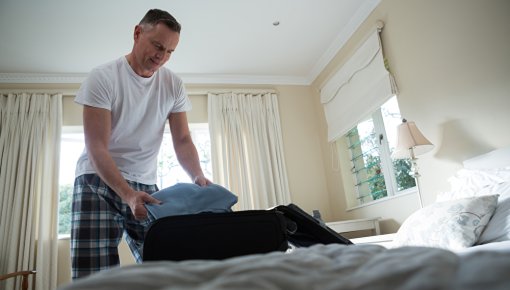
If people wake up in the morning with reddish marks on the skin of their arms, legs or face, they usually first think they are mosquito or flea bites. But it might also have been bedbugs: These little parasites feed on human blood at night. They hide during the day.
It is difficult and time consuming to get rid of bedbugs once they are in your home. Pest control specialists can help. Bedbugs have nothing to do with poor hygiene. They don’t spread diseases, either.
Bedbugs are small reddish-brown insects. They look like beetles, with their flat oval body and six legs. If they get the chance, they bite every 3 to 5 days to feed on blood. Bedbugs are masters of survival: They can live for up to a year without food.
